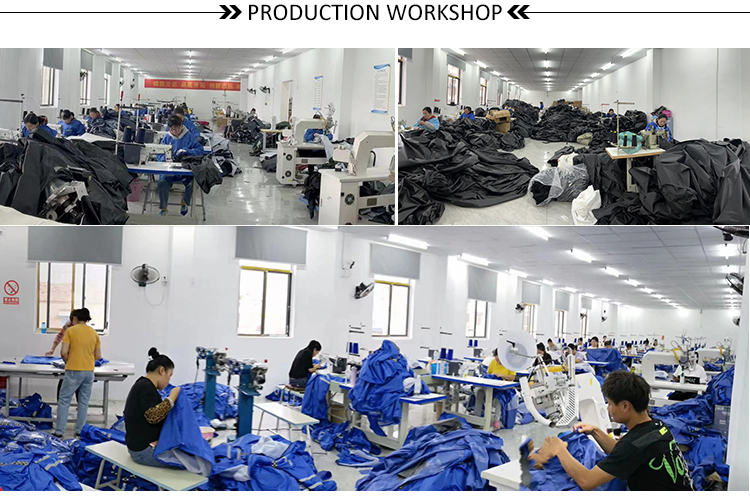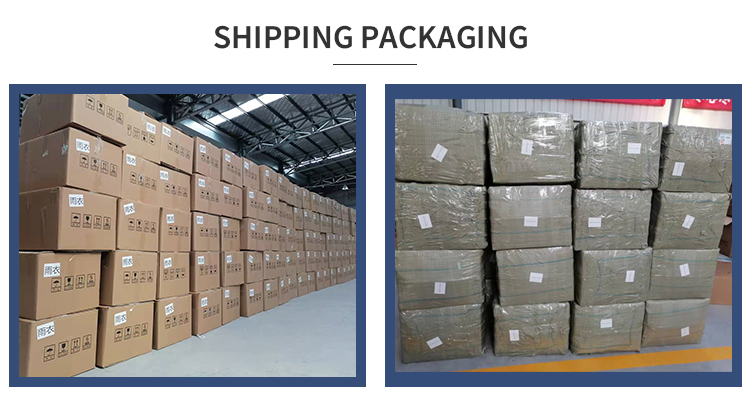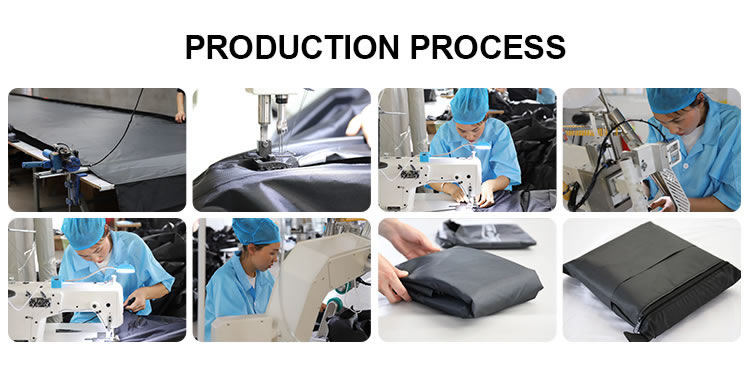Children’s raincoats offer several benefits, particularly when it comes to protecting kids from inclement weather conditions. Here are some of the advantages of children’s raincoats:
- Waterproof Protection: Raincoats are designed to repel water, keeping kids dry even in heavy rain. They have a waterproof outer layer, typically made from materials like nylon or polyester, which prevents rainwater from seeping through.
- Wind Resistance: Raincoats often have a wind-resistant feature, providing an additional layer of protection against chilly winds. This helps keep children warm and comfortable during rainy and windy weather.
- Breathability: Quality raincoats are designed to be breathable, allowing moisture and excess heat to escape while still keeping rain out. This feature prevents children from feeling sweaty and uncomfortable while wearing the raincoat.
- Versatility: Raincoats are generally lightweight and easy to pack, making them convenient for various outdoor activities. They can be easily folded and carried in a backpack or bag, allowing children to be prepared for unexpected rain showers.
- Visibility: Many children’s raincoats come in bright and vibrant colors, making kids more visible in low light or rainy conditions. This enhances safety by ensuring that they are easily seen by motorists and other pedestrians.
- Durability: Raincoats designed specifically for children are often made with durable materials that can withstand rough play and frequent use. They are typically constructed with reinforced seams and resistant to tearing or punctures.
- Hooded Protection: Most children’s raincoats come with an attached hood, providing extra protection for the head and neck. The hood helps keep rainwater from dripping onto their face, keeping them drier and more comfortable.
- Easy to Clean: Raincoats are generally easy to clean and maintain. Many of them can be wiped clean with a damp cloth or sponge, or they can be machine-washed according to the manufacturer’s instructions.
- Fashionable and Fun: Children’s raincoats often feature appealing designs, patterns, and characters that make them visually appealing to kids. This can make wearing a raincoat a fun and exciting experience, encouraging children to embrace rainy days instead of avoiding them.
Remember that the specific features and benefits of children’s raincoats can vary depending on the brand and model. It’s important to choose a raincoat that fits well, offers proper protection, and suits the child’s preferences and needs.
Children’s raincoats can be packaged using various methods, depending on the manufacturer, the type of raincoat, and other factors. Here are some common packaging methods for children’s raincoats:
- Polybag Packaging: Many raincoats are packaged individually in polybags. The raincoat is folded neatly and inserted into a clear or printed polybag, which provides protection from dust, dirt, and moisture during transportation and storage. The polybag often includes a hang tag or label with product information and branding.
- Box Packaging: Some higher-end or premium raincoats may be packaged in boxes. The raincoat is carefully folded and placed inside a sturdy cardboard box, along with any additional accessories or promotional materials. The box may feature branding, product images, and essential information. This packaging method offers more protection and a more substantial presentation.
- Hanging Packaging: Raincoats can be packaged on hangers for easy display in stores. The raincoat is hung on a plastic or cardboard hanger, often covered with a protective plastic sleeve or wrap. The hanger may have a hook or a slot for easy hanging on racks or display stands. This packaging method allows customers to see the raincoat clearly and makes it convenient for retailers to showcase the product.
- Combo Packaging: Some raincoats come in combination packs with other rain gear or accessories. For example, a raincoat might be packaged with matching rain boots or an umbrella. In such cases, the raincoat and the additional items are placed together in a specially designed box or package, often featuring attractive graphics and branding.
- Zippered Pouch Packaging: Certain children’s raincoats come with their own storage pouches. The raincoat is folded or rolled up and inserted into a small zippered pouch, which is made from the same or similar material as the raincoat. This packaging method is convenient for travel and storage, as it allows the raincoat to be compactly folded and easily carried around.
It’s worth noting that packaging methods can vary between different manufacturers and retailers. The packaging method chosen depends on factors such as cost, aesthetics, functionality, and marketing strategies.
Children’s raincoats are available in a wide range of styles, designs, and sizes to suit different preferences and needs. Here are some common types of children’s raincoats that you can find:
- Traditional Raincoats: These raincoats are the classic style, typically made of waterproof materials like nylon or polyester. They often feature a front button or snap closure, a hood, and pockets. Traditional raincoats come in various colors and may have reflective strips for added visibility.
- Poncho Raincoats: Poncho-style raincoats are loose-fitting and provide full coverage for both the upper body and arms. They are easy to slip on and off, making them convenient for young children. Ponchos often have a built-in hood and can be made from lightweight, waterproof materials.
- Jacket-Style Raincoats: These raincoats resemble regular jackets but are designed with waterproof materials and features. They typically have a front zipper or snap closure, a hood, and adjustable cuffs or waist for a better fit. Jacket-style raincoats come in various colors, patterns, and designs to appeal to children.
- All-in-One Rain Suits: Rain suits are complete outfits that include both a raincoat and matching rain pants. These suits provide full-body protection from the rain, making them ideal for activities like hiking, camping, or outdoor play. All-in-one rain suits are available in different styles, such as coverall designs or two-piece sets.
- Reversible Raincoats: Reversible raincoats offer the option to wear the raincoat inside out, showcasing a different color or pattern. This provides children with versatility and the ability to change up their look. Reversible raincoats often have a waterproof side and a softer, non-waterproof side for wearing in dry conditions.
- Transparent Raincoats: Transparent raincoats are made from clear, see-through materials such as PVC or vinyl. These raincoats allow children to still show off their outfit underneath while providing protection from the rain. Transparent raincoats are available in various styles, including traditional, poncho, or jacket designs.
- Character-Themed Raincoats: Children’s raincoats often feature popular characters from movies, cartoons, or books. These raincoats are designed with colorful prints, graphics, or images of beloved characters, making them appealing to kids and adding a fun element to rainy days.
When choosing a children’s raincoat, it’s important to consider factors such as size, comfort, durability, and the level of waterproof protection required for your child’s activities.















